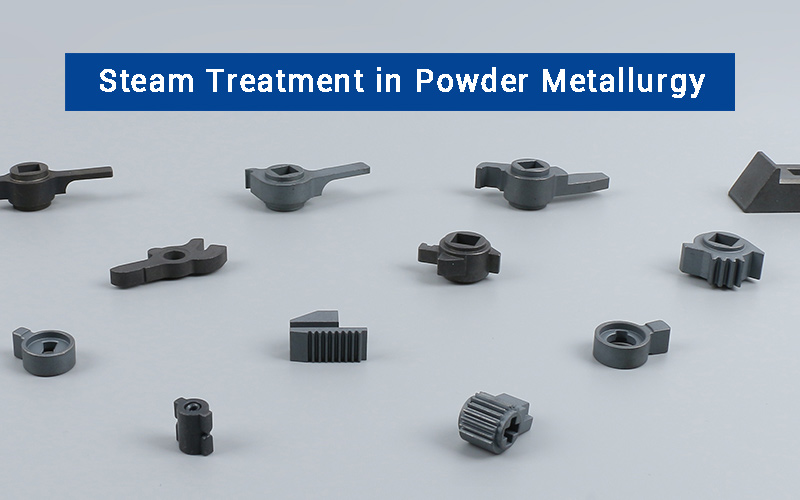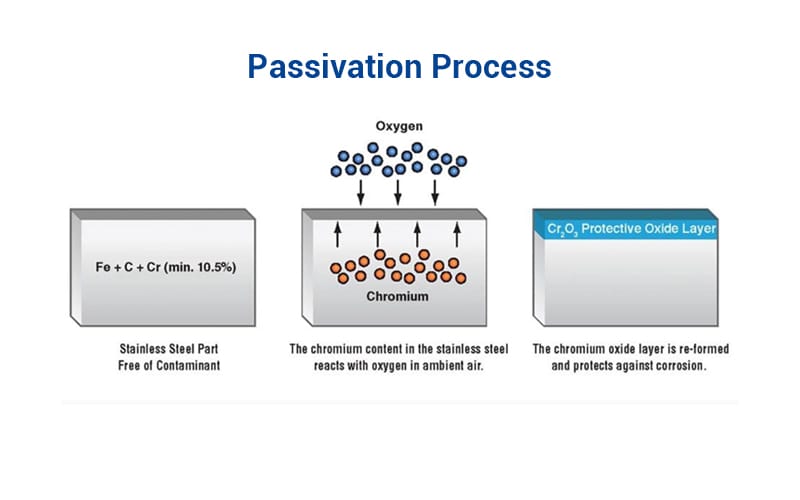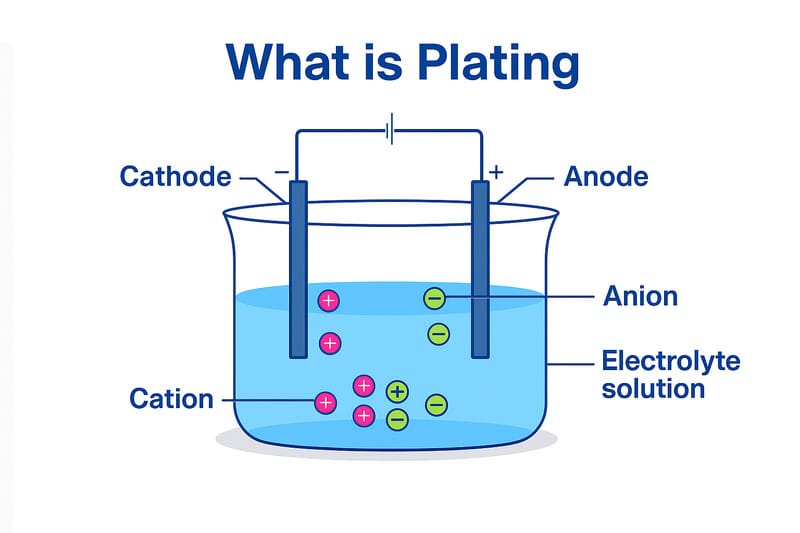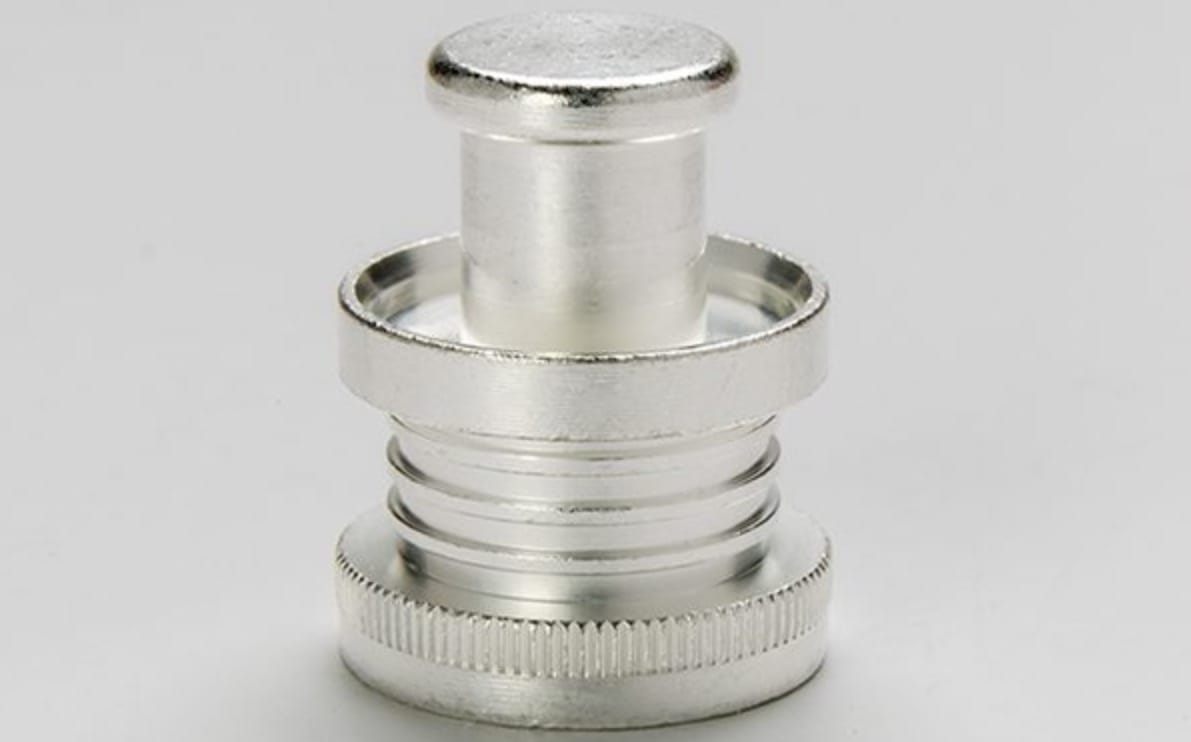
Steam Treatment in Powder Metallurgy
Iron-based powder metal parts have a wide range of applications, such as automotive engines, gearboxes, motorcycles, household appliances, power tools. However, these parts usually have low hardness, limited corrosion resistance, and poor airtightness due to the presence of tiny pores in the matrix structure. Steam








